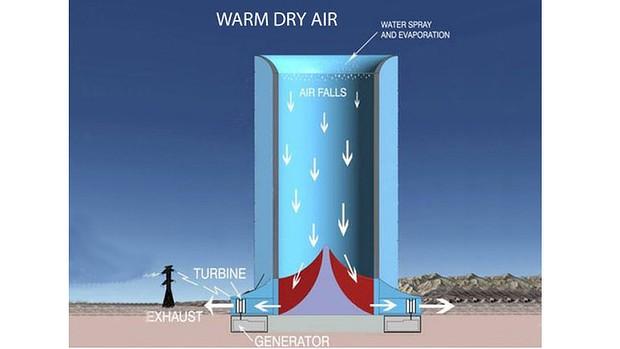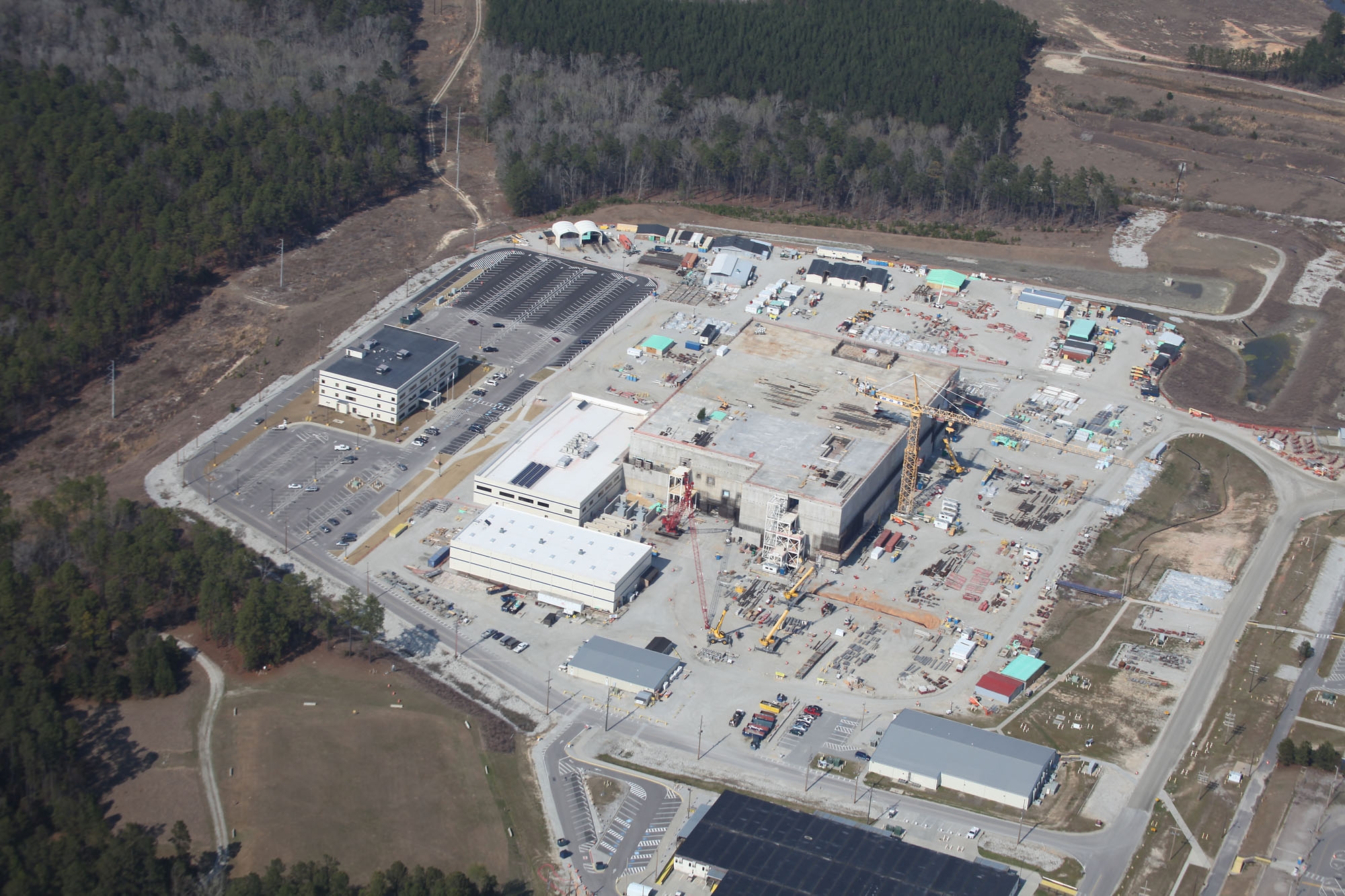
Happy Cinco de Mayo! We couldn’t fit in a Nuclear Newsreel last week, so there’s a lot of news to catch up on; here are some of the highlights:
Nuclear Power
Taiwan: Taiwan has suspended construction of its controversial fourth reactor following a weekend of massive protests across the country in late April. There likely will be a referendum on the future of the project later this year. Taipower has warned of dire consequences if the project doesn’t go forward, including higher electricity rates, bankruptcy of the utility and increased use of fossil fuels–although as in most locations these days, renewables could fill the void easily and well before the fourth reactor could actually be completed and put into service. Note: some articles mistakenly have reported that Taipower has spent $93.7 Billion on the project; that’s a typo that has unfortunately been repeated around the world, the actual number is $9.37 Billion, which should be high enough for anyone to realize it’s a bad idea.
WIPP: The Department of Energy has released a report on the radiation releases at New Mexico’s Waste Isolation Pilot Plant (WIPP) in February and March. Unfortunately, not much still seems to be known about the event–especially the critical issue of what the hell happened. It’s pretty clear now that there was no cave-in of the ceiling or walls at the site, but knowing what didn’t happen doesn’t say a lot about what did occur. In any case, DOE found that the accident was exacerbated by a “degradation of key safety management and safety culture” at the site and personnel were criticized for failing “to believe initial indications of the release.”
Exelon: Exelon, the nation’s largest nuclear utility, announced last week that it wants to buy the Washington-DC area non-nuclear utility Pepco for $6.8 Billion. The announcement was initially welcomed by DC-area politicians who know nothing about Exelon, but that may change as local jurisdictions and regulatory bodies examine the deal in more detail in the coming months. From here, it appears that Exelon wants to use Pepco and its customers as a means of improving its overall balance sheet which is suffering from reliance on aging, uneconomic nuclear reactors, especially in the Midwest. But it’s hard to see the potential benefit for Pepco ratepayers. Yes, Pepco has had a poor record in recent years at keeping the lights on during storms and restoring electricity afterwards, but it has taken at least some steps to improve its service. And, as a non-nuclear utility, Pepco is free of concern about nuclear decommissioning and waste costs (huge upcoming issues for Exelon), potential liability for nuclear accidents, and all the other baggage that comes with Exelon’s large fleet of dangerous, unreliable nuclear reactors. Moreover, there is little evidence to show that turning electricity reliability issues over to a large, out-of-region utility–to which the Pepco region would be just one small piece of its service area–would actually improve reliability. Reduce jobs and administrative costs for the utility, yes; improve service, highly debatable. It may be worth noting that more than a decade ago, a proposed merger between Baltimore Gas & Electric (BG&E) and Pepco was scuttled by the Washington DC Public Service Commission following a NIRS campaign in part to protect Pepco ratepayers from exposure to BG&E’s then-ownership of the Calvert Cliffs nuclear reactors. In the years since, BG&E became part of Constellation Energy, which was purchased by–of course–Exelon. And the circle comes around….
France: France’s heavy reliance on nuclear power has long been touted by nuclear advocates as sort of a nuclear nirvana, but the reality of that reliance is now catching up with the country. As most of the country’s 58 reactors reach their retirement age over the next decade or so, estimates are that it would cost more than $400 Billion to upgrade and attempt to keep the reactors running, and likely a similar amount to replace their power with clean energy sources. Electricite de France, of course, wants license extensions for its reactors and to run them as long as possible. But nuclear power isn’t as popular in France as it once was and there is growing pressure to reduce France’s nuclear exposure. The other choice for France would be greater use of fossil fuels, but that would be a historically stupid move. In any case, the country needs to begin making decisions soon, but the government at this point seems not to know which way it wants to go.

Cumbria: Climate change will cause a massive “low-level” radioactive waste on the Cumbrian coast to inevitably “leak into the Irish sea,” according to a new report from the UK’s Environment Agency, an eventuality described as “slow-motion Chernobyl…” in this tabloid report from the Irish Mirror. A more complete, thoughtful piece on the problem–and it is a huge problem, comes from Rob Edwards, whose post includes a link to the Agency’s report.
Sweden: Nuclear power is no longer a popular energy alternative in Sweden, according to a new public opinion poll. 50% of the public now wants the nation’s 10 nuclear reactors to be phased out, up from 44% after the Fukushima disaster in 2011 and only 31% in 2007. Professor Soren Holmberg of the University of Gothenburg, which conducted the survey, said Sweden needs to emulate countries like Germany, Switzerland and Italy by phasing out the controversial power source and said that the country should consider alternative sources of energy, such as wind power. “There isn’t the same need for us to invest in nuclear power any longer,” he said.
Clean Energy

Fascinating. A Maryland-based company has won initial approval from the city of San Luis, Arizona to build a $1.5 Billion solar/wind power plant “that would use ambient desert heat to create a draft to generate electricity, in a concrete colossus that would be the tallest structure in North America.” The project isn’t imminent–it doesn’t have any financing or customers yet, but conceptually company spokespeople say the technology should work in any hot, dry area, including Australia, Africa and anywhere in the Mideast.
A new report from the investment firm HSBC projects that offshore wind power will grow 600% between now and the end of the decade. Unfortunately, little of that growth is projected for the U.S. According to the report, world offshore wind capacity will rise to 43 gigawatts by 2020 from the current 6.5 gigawatts; “the U.K., with 11 gigawatts, China with 10 gigawatts and Germany with 7 gigawatts will be the biggest offshore wind markets.” The U.S. is projected to have 1 GW of offshore wind by 2020.
Inside Washington
Emergency planning: Five U.S. Senators–Patrick Leahy and Bernie Sanders of Vermont, Ed Markey of Massachusetts, Barbara Boxer of California and Kirsten Gillibrand of New York sent a letter Friday to NRC Chair Alison Macfarlane urging the Commission to stop the “unwise policy” of issuing exemptions for emergency response regulations to decommissioning nuclear reactors which house decades-worth of irradiated nuclear fuel. Ten closed reactors already have received exemptions from emergency planning requirements, and more–including Vermont Yankee and San Onofre–are lining up to do so, despite the fact that their high-level radioactive waste will remain on site and pose a threat to local communities for decades. The full text of the letter is here.

Plutonium: The Obama Administration is finding that once started, massive federal projects are hard to stop. As reported here last month, the Administration has been attempting to end the MOX plutonium fuel factory that the Bush Administration began building at South Carolina’s Savannah River Site in 2007. Construction costs for the project are several times over budget, and operation of the plant is projected to cost more than $30 Billion over its lifetime. Yet there is little to no market for plutonium fuel and with enriched uranium cheap and plentiful, its use in commercial reactors would have to be subsidized by the government. But the South Carolina Congressional delegation and state government love their taxpayer pork dollars and have mounted a full-scale effort to keep the project going. Last week, the Administration announced that contrary to its earlier plans to mothball the project immediately, it will keep it going until the end of the fiscal year on September 30. But expect more machinations as that date draws near….
Michael Mariotte
May 5, 2014
Permalink: https://www.nirs.org/2014/05/05/nuclear-newsreel-monday-may-5-2014/
You can now support GreenWorld with your tax-deductible contribution on our new donation page here. We gratefully appreciate every donation of any size–your support is what makes our work possible.
Comments are welcome on all GreenWorld posts! Say your piece above. Start a discussion. Don’t be shy; this blog is for you.
If you like GreenWorld, you can help us reach more people. Just use the icons below to “like” our posts and to share them on the various social networking sites you use. And if you don’t like GreenWorld, please let us know that too. Send an e-mail with your comments/complaints/compliments to nirs@nirs.org. Thank you!
Note: If you’d like to receive GreenWorld via e-mail daily, send your name and e-mail address to nirs@nirs.org and we’ll send you an invitation. Note that the invitation will come from a GreenWorld@wordpress.com address and not a nirs.org address, so watch for it.




For more information about the Taiwanese protest which halted the 4th reactor blocks and the regular industry lie of 90% completion statistics see http://funologist.org/2014/04/30/taiwan-protests-halt-reactor-construction-and-the-90-complete-lie/